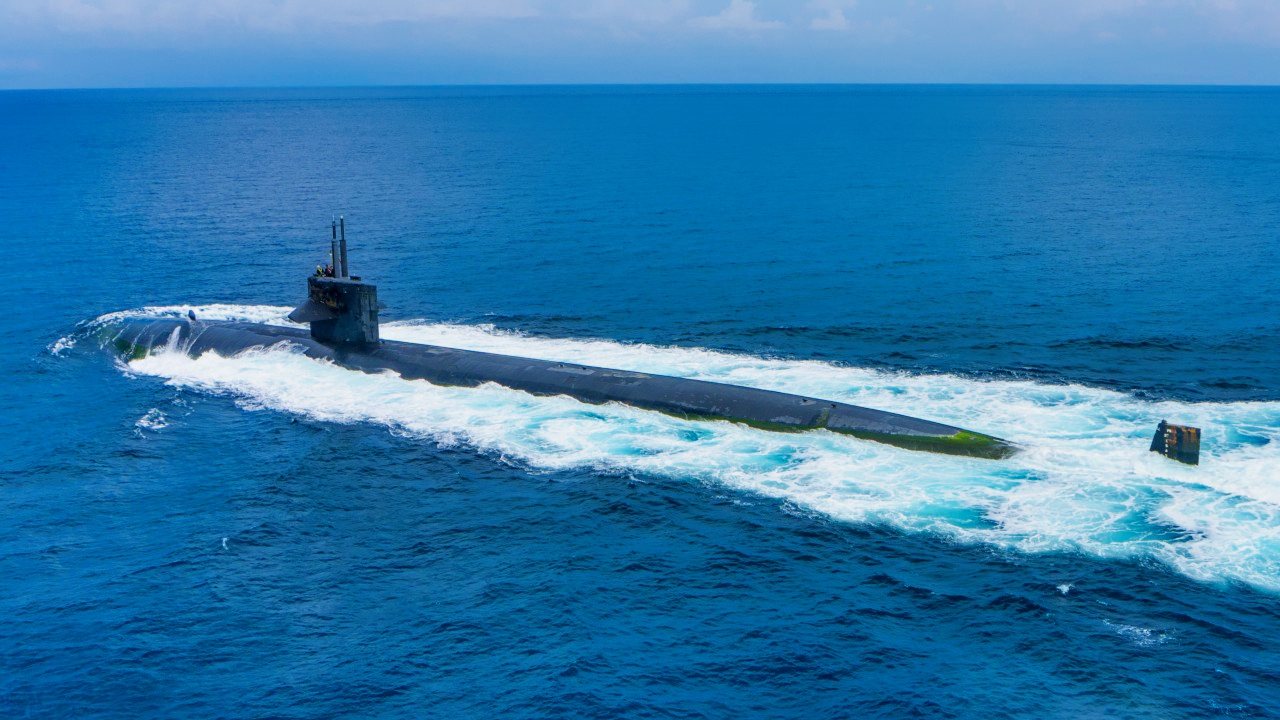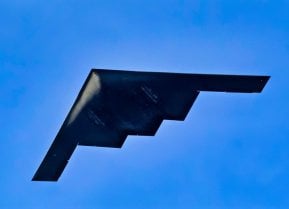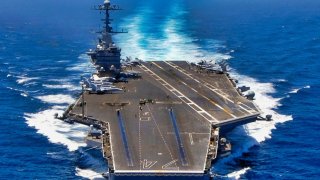Rise of the Submarines: Are Aircraft Carriers Becoming Obsolete?
As the threat from China’s anti-ship missiles grows, the U.S. Navy’s reliance on aircraft carriers is increasingly questioned. Submarines, particularly the Virginia-class, offer a stealthy, powerful alternative for projecting force in contested waters.
Summary and Key Points: As the threat from China’s anti-ship missiles grows, the U.S. Navy’s reliance on aircraft carriers is increasingly questioned. Submarines, particularly the Virginia-class, offer a stealthy, powerful alternative for projecting force in contested waters.

-Currently, the Navy lacks enough fast-attack submarines to meet operational demands, with a shortfall that could hinder responses to potential Chinese aggression. To address this, the U.S. must ramp up submarine production, prioritize funding for these vessels over new aircraft carriers, and enhance industrial capacity to build them quickly.
-This strategic shift is crucial to maintaining naval superiority and ensuring effective defense capabilities in the Indo-Pacific.
China’s Missile Threat: The Case for Submarines Over Aircraft Carriers
The age of aircraft carriers is over. The age of submarines has arrived.
But has Washington gotten the message?
It appears that the Pentagon can’t seem to quit flat tops, even if it means these technological marvels are little more than a sunk cost—both figuratively and literally. The longer the US Navy fails to adapt to the current reality, that aircraft carriers are wildly expensive and woefully exposed to China’s immense missile threat, the greater the likelihood is that the United States may lose any opening engagement with the Chinese military.
A better solution to handling China’s military challenge in the Indo-Pacific is to deemphasize the Navy’s obsession with the aircraft carrier and emphasize the Navy’s ailing submarine capability.
While not as sexy as an aircraft carrier, the submarine is the weapon platform that can deal the most amount of damage to any Chinese invasion force heading toward Taiwan. A stealthy craft capable of carrying an assortment of armaments—nuclear and non-nuclear alike—submarines are maneuverable, stealthy, and deadly. What’s more, they are nowhere near as expensive as flat tops are, but they still offer the US military critical power projection capabilities in a highly contested environment.
At present, the US Navy’s fleet has about 49 fast-attack submarines, 14 ballistic-missile submarines, and four guided-missile submarines. These assets are spread throughout the world, operating in various theaters at any given time. But these numbers are insufficient to both respond to any Chinese provocation over Taiwan and secure US interests elsewhere. Specifically, the US Navy lacks fast-attack submarines.
According to Navy standards, the minimum requirement is to have 66 fast-attack subs operating at any time in the fleet. The current force has 17 less fast-attack subs than the minimum requirement. What’s more, it is projected that the Navy will only have 46 fast-attack subs within five years.
There are four submarine classes that the US Navy operates. The Ohio-class, the Los Angeles-class, the Seawolf-class, and the Virginia-class. Armed with cruise missiles and highly agile, the Virginia-class would be one of the most helpful US Navy assets against any Chinese invasion of Taiwan.
More Virginia-Class Subs Needed as Aircraft Carriers Become Obsolete
Yet, the Navy is in dire need of these units because, as of today, the Navy has been producing two fewer Virginia-class submarines per year than what their standards call for. And, let’s face it, America’s industrial capacity is not what it once was when the country was known as the “arsenal of democracy” during the height of the Second World War.

Thus, while demand for these submarines has only increased, the industrial base has been unable to meet that demand.
Should China successfully stymie the Navy’s ability to use aircraft carriers against Chinese forces, then systems like the Virginia-class submarine will become far more important than they already are. What’s more, the order for the next block of Virginia-class submarines the Navy wants to build next year consists of only one submarine of this class. Therefore, Washington has allowed for a severe capability gap to form—and is doing almost nothing to address it.
Beyond the Virginia-class submarine, the Seawolf-class has also been painfully neglected by the bureaucracy. A real workhorse, the Seawolf-class is a surveillance submersible. It is often sent on the most secretive, dangerous assignments but its success rate is legendary.
When Submarine One Goes Down, the Whole Fleet Suffers?
During the Cold War, the Seawolf proved invaluable for covert intelligence missions. It still does today. But as the USS Connecticut incident in 2021 showed, there are so few of these workhorse subs that when one is taken out of commission for a protracted period of time, again, the Navy loses critical capabilities.
Without going line-by-line on all the holes that have formed in America’s once erstwhile submarine force, the solution is simple: rapidly build up the submarine fleet. Cut funding for some of these more unwieldy legacy systems, such as building any new aircraft carriers, and divert those funds into expanding America’s submarine fleet to at least get it back to the 66 requirement.
Once China attacks Taiwan, America is going to need to continue to reliably threaten Chinese forces. Flat tops, contrary to what their proponents in the Navy say, simply cannot do this.
Can America’s Industrial Base Keep Up?
The key issue is going to be timing. American subs are sophisticated. Further, the submarines will take time to build.
Even if a concerted effort to expand—and expedite—the construction of submersibles is undertaken in the next year, it will still take time for the shipyards to meet the increased demand. But meet it they must. And in the meanwhile, Washington will have to do something that the democratic-globalists who run the nation’s capital hate to do: engage in real diplomacy. The diplomacy must be born out of an understanding that the nation’s shipyards need time to finishing building additional submarines to withstand the rising Chinese threat.

Once the shipyards meet the increased demand and the subs are deployed into the Indo-Pacific, the US can start challenging China’s growing aggression more vociferously. That won’t happen, however, if China manages to initiate a conflict now before America’s shipyards can expand the US submarine fleet. The subs may be the only weapons system that keeps America in any fight against Chinese forces. There aren’t enough of them.
Congress must allocate the funds, and the Pentagon must spend those funds on what Congress wants: more submarines, quickly and safely.
About the Author
Brandon J. Weichert is a former Congressional staffer and geopolitical analyst who is a contributor at The Washington Times, as well as at American Greatness and the Asia Times. He is the author of Winning Space: How America Remains a Superpower (Republic Book Publishers), Biohacked: China’s Race to Control Life, and The Shadow War: Iran’s Quest for Supremacy. Weichert can be followed via Twitter @WeTheBrandon.
All images are Creative Commons.


